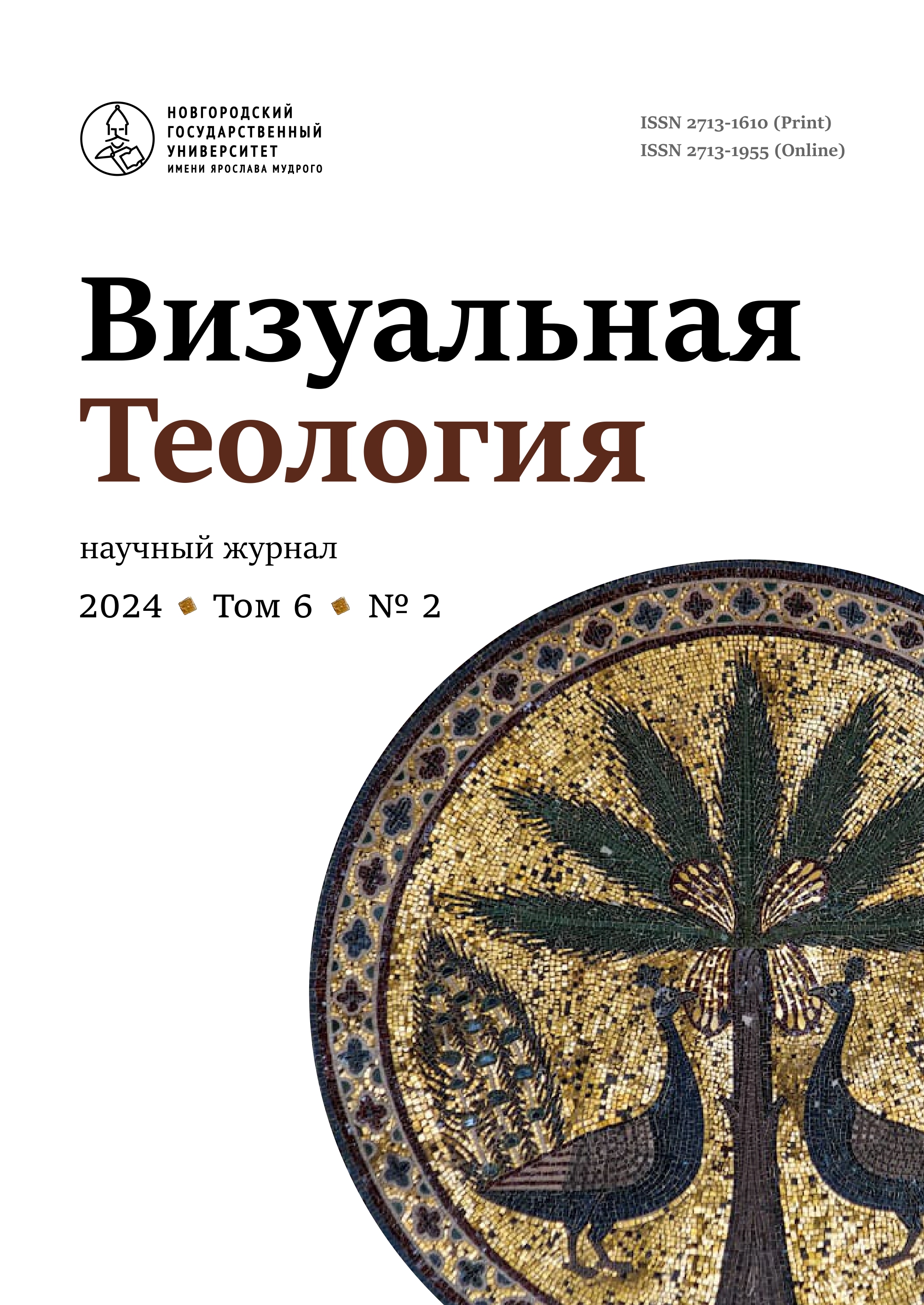Architecture and Fresco Decoration Programs in Novgorod’s Monastic Churches
Abstract
Studying architecture and frescoes of Novgorod’s monastic churches of the second half of the 14th century, one has to face the fact that the purpose of some annexes as well as internal compartments is yet unknown and their liturgical function remains unclear. Our insufficient understanding of ‘architectural iconography’ of these additional spaces complicates the interpretation of the murals with all their semantic nuances. Monastic churches of Novgorod had a tendency to gradually phase out external extensions while increasing the partitioning of the western part of the nave. In this article we attempt to clarify the purpose of these new spaces using the example of Novgorod’s suburban monastic churches and to characterize the programs of their fresco decorations assuming multifaceted function of these extra spaces, including their symbolic significance. The iconographic program of the narthex in the Assumption Church in archbishop’s Volotovo monastery served as a kind of a prelude to the decoration of the main space and corresponded to the beginning of the Assumption evening service following the traditions of Palaeologan Renaissance. A less ‘theological’ program of the narthex of the Church of the Savior in Kovalevo monastery whose ktetors were Novgorod boyars, emphasized the connection between the healing of body and soul with salvation in Christ, indicating adherence to local liturgical traditions as well as the influence of the Western Balkans’ artistic culture. But, despite the differences in traditions, both decorative programs of the vestibules prepared the faithful for the entry into the main space of the church as into the House of Divine Wisdom. The character of female images in these monasteries correlated with the type of a monastery: Volotovo was a male monastery, while Kovalevo, most probably, was of the mixed type. An unusual location of the monastic theme in the painting of the choir of another suburban monastic church, Nativity in the Red Field, is, in our opinion, linked to the purpose of its associated monastery which served a large cemetery.



